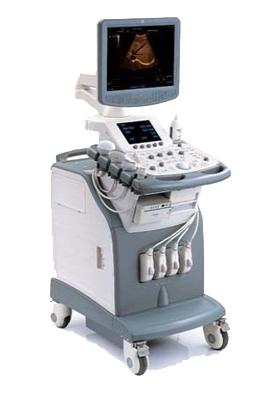The status quo of health care always seems to be in jeopardy. Young doctors aspiring to family medicine or doctors that have been working the system for years look for alternatives to provide more direct and individualized care to their patients. Concierge medicine is one such alternative.
There are pros and cons to concierge medicine, but one advantage for physicians is the ability to direct your future as a medical practitioner, including managing business finance, patient problems, and equipment costs. Here are some specifics to think about when you are considering mainstream or concierge patient care.
Outfit Your Practice
Today’s family physician rarely works independently these days. Typically, family physicians work under the umbrella of a larger clinic with many patients. The practice sees many patients, with each doctor seeing five or six in one hour.
Large group practice physicians typically have less control over their patients’ care. Conversely, the concierge physician has more autonomy which often translates to more business overhead.
Investing in a higher-tech ultrasound machine would give you an edge over competitors and cost-saving clinics that just provide the basics. Those with the resources and desire for more direct care would choose your clinic for a 3D ultrasound and more direct contact with a doctor.
Increase Patient Contact
If you got into medicine because you enjoy helping and interacting with everyday people in the community, concierge medicine is the way to go. If you prefer a more removed setting, a clinic in a hospital or with several other doctors may serve you better.
Because you spend more time with each patient and order equipment and supplies for the needs of those you serve, you must keep your patient list much smaller than traditional family practitioners. A smaller patient list may sound great to you, but remember this smaller list comes with added work, as concierge doctors often:
- Remain on-call for their patients. Those who pay a retainer for concierge doctors expect care when it is needed, not just during normal clinic hours.
- Make house calls when needed. Sometimes, this means investing in extra, more portable medical equipment that can come with you into the home.
- Provide same-day visits and tests. If one of your patients calls with an illness, usually you will work longer that day to make sure the patient is treated.
If this type of business model works with your personal philosophy to practice medicine, it is worth exploring. Increased professional intimacy with each patient can help the health of the people you serve. Generally, basic preventative care is much better attended in concierge practices.
Cut the Costs
No discussion is complete without assessing the cost of concierge medicine. Because you are not partnering with as many insurance companies and because you have a smaller patient load, you need a way to make up the difference. This is usually done by charging the patient a monthly retainer fee.
If your patient does not have insurance, he or she may pay a higher fee directly to you to make up the difference. Generally, though, most of the people who choose concierge medicine choose it because they can afford the higher standard of care it provides. However, you control the costs to your patients, and you can lower them or raise them as needed.
If your hope as a doctor was to serve the underprivileged in your community, opening a concierge-style practice can place your services out of their ability to pay, especially because public funds like Medicaid often do not cover concierge medicine. However, there are some ways you can make your practice more affordable to all patients if you choose concierge:
- Use refurbished or gently-used medical equipment and machines. X-rays, ultrasounds, and other specialized medical machines cost tens of thousands of dollars. The median cost for an ultrasound machine is over $100,000. Choosing certified refurbished models can be a great cost saver, and you can pass those savings along.
- Reducing staff. Regular clinics need people to file insurance and process claims, manage case files, and prep the patient before the doctor. With fewer patients to see and few (if any) insurance companies to deal with, you will not need the extra people. The savings of those salaries should be reflected in cost to patients.
- Provide wealthy patients the chance to donate extra money each month to cover medical costs for underprivileged community members, especially children and elderly. Many people want to help, and having this type of fund can allow you to select more patients who desperately need basic care.
- Stick to a schedule. With the perks listed above, you might think it is impossible to stick to schedule. However, if you reduce appointment times by five minutes if you see two patients per hour, you free up 70 minutes after seven hours of scheduled time. Those seventy minutes can be used to see three or four patients at the end of the day for a reduced rate.
For more advice on outfitting a concierge practice with medical equipment, contact us at Redstone Healthcare.




Leave A Comment